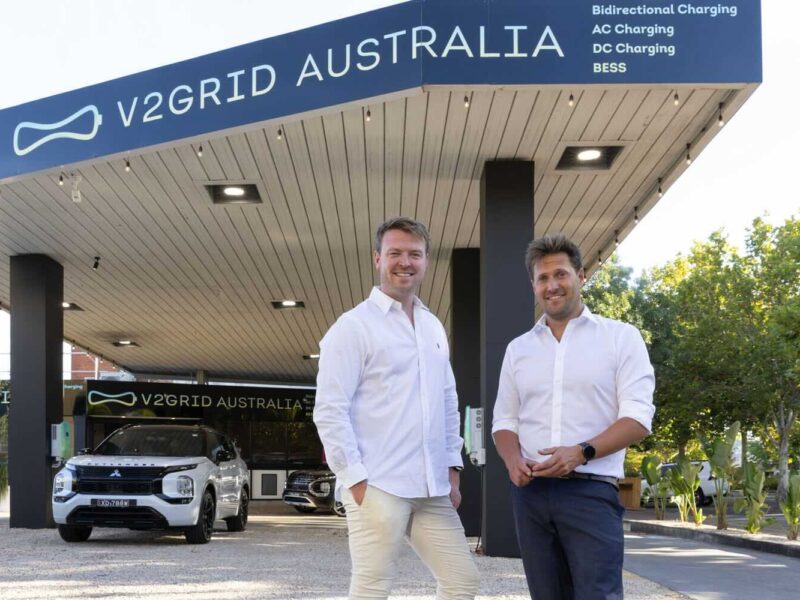
The global electric vehicle (EV) industry continues to evolve at a breathtaking pace, and the latest wave of developments reflects both technological diversity and geographic spread. From new battery chemistries and charging technologies to record-setting automobiles and expanding market adoption, the EV landscape is being reshaped by a blend of innovation and ambition.
Sodium-Ion Batteries: A New Frontier in Energy Storage
A newly announced collaboration between Sinopec and LG Chem is setting the stage for a potentially transformative moment in battery technology. The two industrial giants are teaming up to develop sodium-ion battery materials, aimed primarily at low-speed electric vehicles and grid energy storage systems. Unlike lithium-ion batteries, sodium-ion batteries rely on more abundant raw materials, significantly reducing cost and supply-chain constraints. This partnership is particularly significant for the Chinese and Korean industries, which are increasingly focused on localizing and diversifying their energy storage capabilities. While sodium-ion technology still lags lithium-ion in energy density, its environmental and economic advantages make it a strong candidate for short-range urban EVs, electric scooters, and stationary storage.
Record EV Sales in the United States: Momentum and Uncertainty
Meanwhile, across the Pacific, the United States is seeing record-breaking EV sales, underscoring that consumer demand is both real and resilient. Yet analysts warn that this surge comes at a precarious time—just as several American automakers appear to be cooling their enthusiasm for electrification. Some legacy manufacturers have delayed new EV launches, citing high costs and uncertain profitability margins. This hesitancy contrasts sharply with consumer adoption trends, which show increasing interest in affordable electric options and expanding infrastructure support. The key question is whether U.S. carmakers can maintain their momentum amid intense competition from Asian and European rivals, many of whom are pushing innovation at a rapid clip.
Australia Steps Up: The Bidirectional Charger Revolution
In the Southern Hemisphere, an Australian engineering company has achieved a technical milestone with the certification of the country’s first locally designed bidirectional (vehicle-to-everything, or V2X) home EV charger. The new device allows electric vehicles not only to draw power from the grid but also to send energy back, effectively transforming cars into mobile energy storage units. This innovation not only improves energy efficiency but also opens a pathway toward community-level microgrids, where homes and vehicles share electricity freely depending on real-time supply and demand. The concept of EV-as-appliance is quickly maturing, and Australia’s entry into the bidirectional charging race marks an important step for decentralized renewable energy systems.
A Greener Ocean: Greenpeace’s New Hybrid Flagship
Sustainability at sea is also making waves. Greenpeace has unveiled details of its new flagship vessel, a hybrid maritime marvel equipped with a 3 megawatt-hour (MWh) battery, solar panels, sails, and hydrogen fuel cells. This combination of clean technologies makes it one of the most eco-friendly large ships ever designed by an NGO. Slated for deployment in the next few years, the vessel will serve as both a research platform and a floating symbol of zero-emission advocacy. It serves to demonstrate that hybrid propulsion isn't limited to roads—it is making its way across the oceans as well.
BYD’s Expanding Impact: From Reliability to Supercars
Electric mobility heavyweight BYD continues to dominate discussions, but for very different reasons. On one hand, users have been documenting improvements in BYD’s after-sales service levels, noting that the company appears to be addressing early growing pains experienced with mass-market vehicles like the Dolphin. On the other hand, BYD also revealed its first electric supercar—the Yangwang U9 Xtreme, a 2,200-kilowatt powerhouse that has smashed multiple track records. Unveiled at the Guangzhou Auto Show, the car demonstrates that electrification can deliver not only efficiency but unbridled performance.
Volvo and Polestar Embrace Vehicle-to-Home Energy
In Europe, Volvo and Polestar have co-launched vehicle-to-home (V2H) charging systems for select models, reinforcing the transition from one-way energy consumption to dynamic energy ecosystems. Partnering with a home energy company, the automakers introduced solutions that allow users to power appliances directly from their car batteries during outages or high-demand periods. The potential is enormous, pointing toward a decentralized energy model where cars function as stabilizers within smart grids. The European market, known for its environmental regulations, is becoming a testing ground for grid-interactive electric vehicles.
Tesla and the Continued Push for Flexibility
Tesla also remains prolific in its model evolution. Reports suggest that a seven-seater Model Y is preparing for launch in key global markets, addressing family and fleet demand for flexible electric vehicles. With Model Y already securing a dominant share of EV sales in several regions, the additional seating variant aims to broaden its appeal for multi-purpose users who value both efficiency and capacity.
Real Data, Real Insights: The Hidden Patterns of EV Charging
Perhaps the most everyday yet insightful contribution comes from six years of real-world EV charging data, compiled by an Australian Tesla owner. The analysis revealed a detailed picture of driver behavior—home charging still dominates, while public fast-charging plays a smaller, albeit crucial, logistical role. The findings underscore the efficiency of level-2 charging and highlight the myth that EVs depend entirely on public infrastructure. Instead, they show a shift where the garage or driveway acts as both fuel station and energy node.
A Global Picture of Transition
Taken together, these stories capture a pivotal moment for electric transportation. Battery chemistry is diversifying beyond lithium; smart charging and vehicle-to-grid integration are becoming mainstream; and both large corporations and grassroots innovators are advancing new solutions. From sodium-ion battery breakthroughs to bidirectional energy ecosystems, the EV revolution is clearly moving beyond novelty into infrastructure-level maturity. The next decade promises a world where electric mobility will not only dominate the road but redefine our entire relationship with energy, sustainability, and technology.
All EV Sales Research Team
11/27/2025
